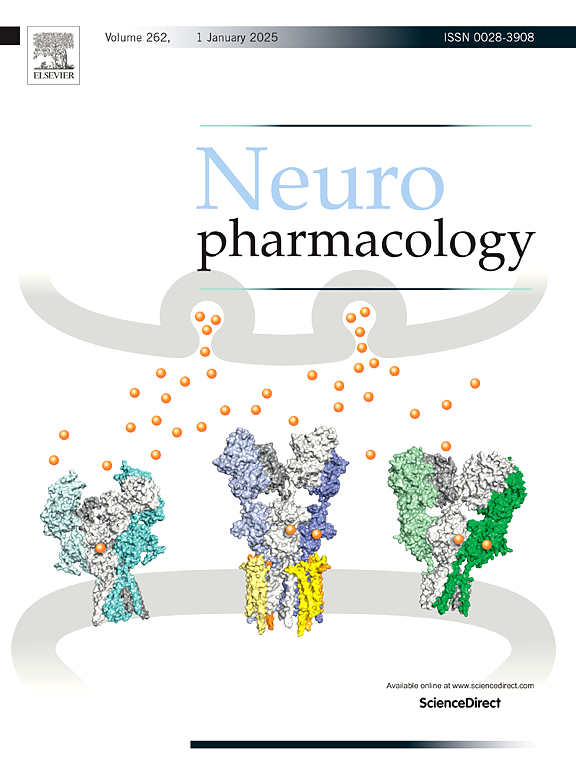Chronic ethanol exposure produces neuroadaptations in the medial prefrontal cortex (mPFC) that are thought to facilitate maladaptive behaviors that interfere with recovery from alcohol use disorder. Despite evidence that different cortico-subcortical projections play distinct roles in behavior, few studies have examined the physiological effects of chronic ethanol at the circuit level. The rostromedial tegmental nucleus (RMTg) is functionally altered by chronic ethanol exposure. Our recent work identified dense input from the mPFC to the RMTg, yet the effects of chronic ethanol exposure on this circuitry is unknown. In the current study, we examined physiological changes after chronic ethanol exposure in prelimbic (PL) and infralimbic (IL) mPFC neurons projecting to the RMTg. Adult male Long-Evans rats were injected with fluorescent retrobeads into the RMTg and rendered dependent using a 14-day chronic intermittent ethanol (CIE) vapor exposure paradigm. Whole-cell patch-clamp electrophysiological recordings were performed in fluorescently-labeled (RMTg-projecting) and -unlabeled (projection-undefined) layer 5 pyramidal neurons 7–10 days following ethanol exposure. CIE exposure significantly increased intrinsic excitability as well as spontaneous excitatory and inhibitory postsynaptic currents (sE/IPSCs) in RMTg-projecting IL neurons. In contrast, no lasting changes in excitability were observed in RMTg-projecting PL neurons, although a CIE-induced reduction in excitability was observed in projection-undefined PL neurons. CIE exposure also increased the frequency of sEPSCs in RMTg-projecting PL neurons. These data uncover novel subregion- and circuit-specific neuroadaptations in the mPFC following chronic ethanol exposure and reveal that the IL mPFC-RMTg projection is uniquely vulnerable to long-lasting effects of chronic ethanol exposure.


